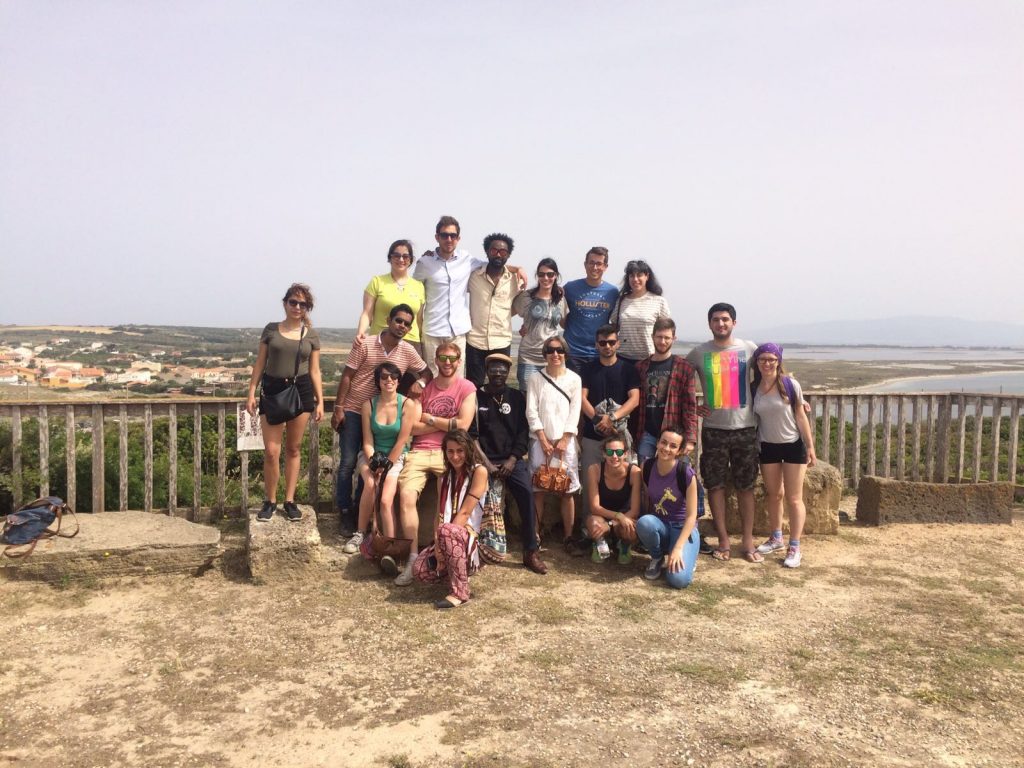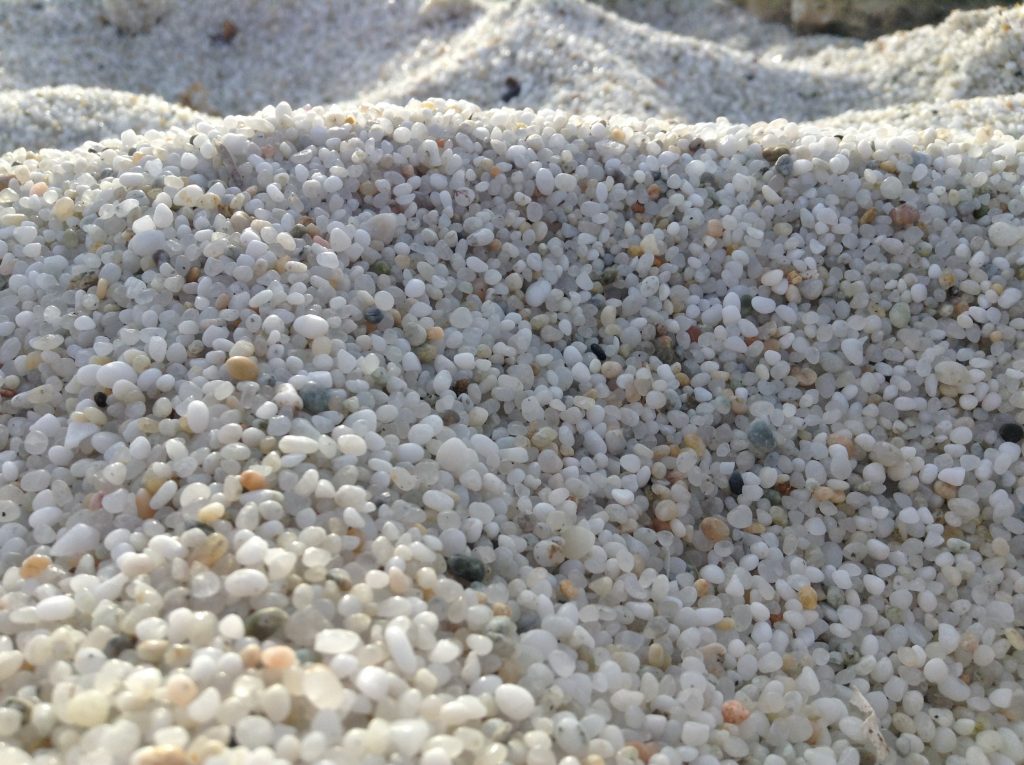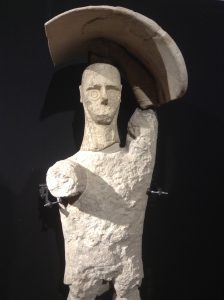
As the plane takes off, there is only one word in my mind to express what we have witnessed in those days; paradise!
The marine protected Area of Sinis peninsula and Isola di Mal di Ventre is one of the most beautiful place you can find on earth. Located in the gulf of Oristano, the protected area (300 square kilometres wide), is one of the biggest in Italy and home to many sites of interest.
The first we visited was the Isola di Mal di Ventre (in english stomach pain), originally Isola Malu Entu ( bad wind). After a short trip by boat from the white sand beach of Putzu Idu, we landed on the rocky coastline. The island is completely desert and largely occupied by two different species of gulls: the real gull and the Audouin’s gull, as well as by cormorants. The island is geologically formed by granite. However, the sand of the inner east beaches is composed by quartz. From one of this is possible to admire the coast of Is Arutas that shares the same type of sand, since the small pieces of quartz, similar to rice grains, roll through the sea giving to the beach this unique morphology.
Our next stop, after some hours relaxing on the peaceful coast, was the Sinis Rescue Center (CReS) for marine turtles. Here the fantastic team showed us the rescued sea turtles and explained us their job of critical importance. The sea turtles are one of the oldest reptile on the earth, and are facing the threat of extinction. The main causes are fishery and sea litter, as very often they get trapped in fisherman nets dying for asphyxia or they eat plastic bags mistaken for jellyfishes, one of their typical nutriment. The center saves around fifty sea turtles a year; after a period of rehabilitation, that varies depending on the injury, the turtles are again set free into the sea.
After this inspiring stop we moved to Is Arutas. The stunning landscape made of quartz sand and crystal clear water is the perfect frame for the sunset. Without thoughts crossing my mind, I believed that we just found the lost paradise.

The following and sadly last morning we all visited the archeologic site of the city of Tharros. The city finds its origins in the Nuragic age (8th century BC) , and all the major civilisations stopped here: Phoenicians, Carthaginians, Romans, Arabs. Because of its strategic position, the city is located on the extreme part of the Sinis peninsula, it can control both the bay of Oristano and the open sea. The open air museum todays hosts mostly findings from the Roman age, such as the thermae, some houses and a temple. The biggest part of the artefacts are kept in the National Museum of Cagliari, the British Museum and the Archeologic City Museum of Cabras.

The latter has been our last stop. Here we could admire the most important archeological discovery of the last hundred years in the Mediterranean area: the Giants of Mont’e Prama. Fragmented into numerous pieces, they were found by accident in 1974. As one of the most important legacy of the Nuragic civilisation, the statues represent 38 warriors, archers and boxers, belonging to the nuragic aristocracy; they are 2 or 2.5 meters high, beautifully craved in the local sandstone. The statues are part of a huge necropolis, as under the statues individual graves have been found during the following excavation
Full of nice memories, delicious food and some sunburns, we left Sardinia with the hope to come back to taste again the wonders this marvellous island has to offer.



